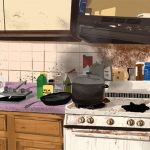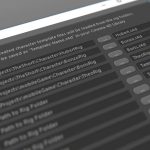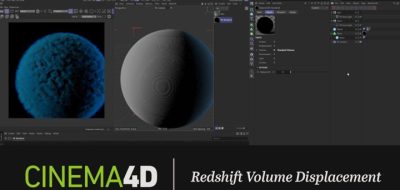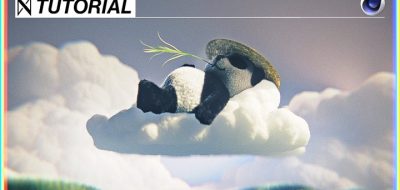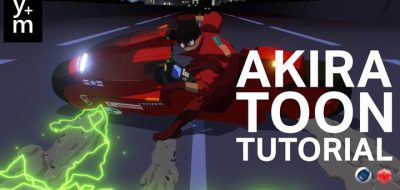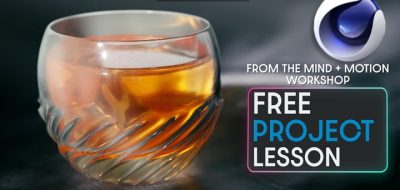Houdini Artist Rohan Dalvi has been posting free tutorials that deal with getting people started using the Redshift Renderer in Houdini. With a continuation of that, Rohan covers some of Redshift’s available shader nodes, and looks at the basics of VOP-Level shader building within Houdini.
… create two basic materials in the lesson, a concrete floor shader and a basic car paint shader
Rohan walks through creating two basic materials, one a concrete floor, the other a basic car paint shader. In the process, of the walk though, we get to see a lot of Redshift’s shader nodes. These include the RS (Redshift) Material, RS Texture, RS Noise, RS Color Correct, RS Color Combine, RS VectorInvert, RS Change Range, and RS Bump.
Redshift has been garnering a lot of attention and excitement in the field of GPU rendering. The renderer boasts unbelievable performance while still being a production-ready tool that offers many of the features that a traditional CPU Production renderer will offer. This includes production shaders and shader building, out of the box support for volumetric rendering, fur, hair and other effects. One of the things that sets Redshift apart from other GPU renderers is industry standard support for AOV’s or render passes. Something that is nonnegotiable for rendering production.

